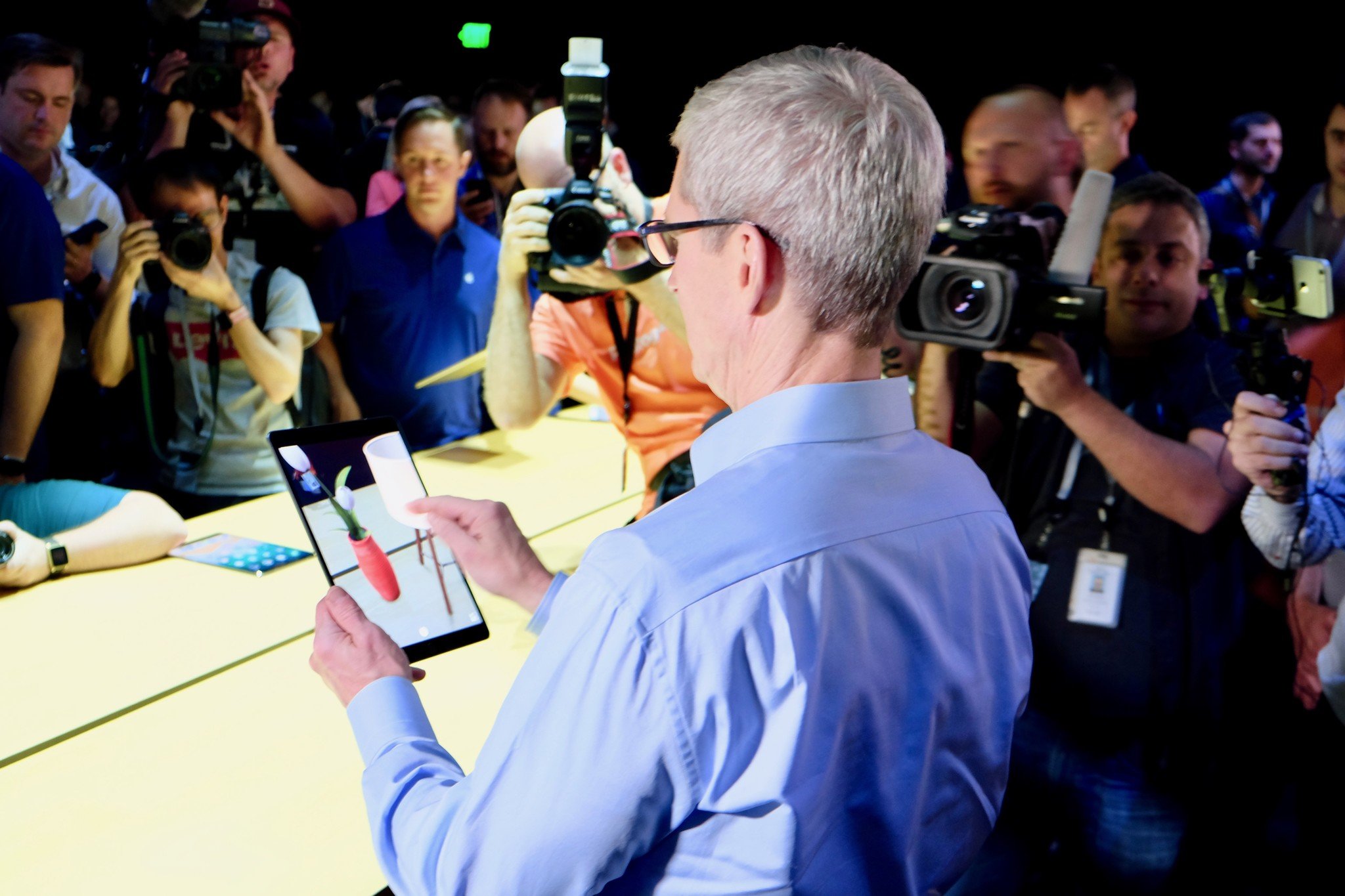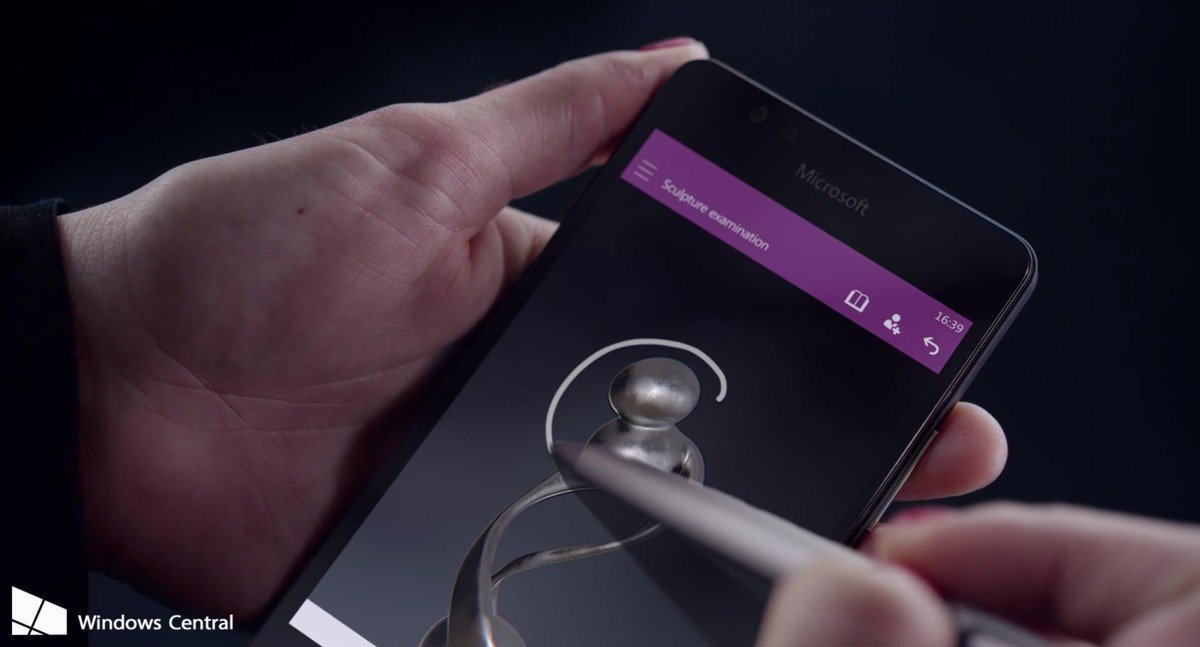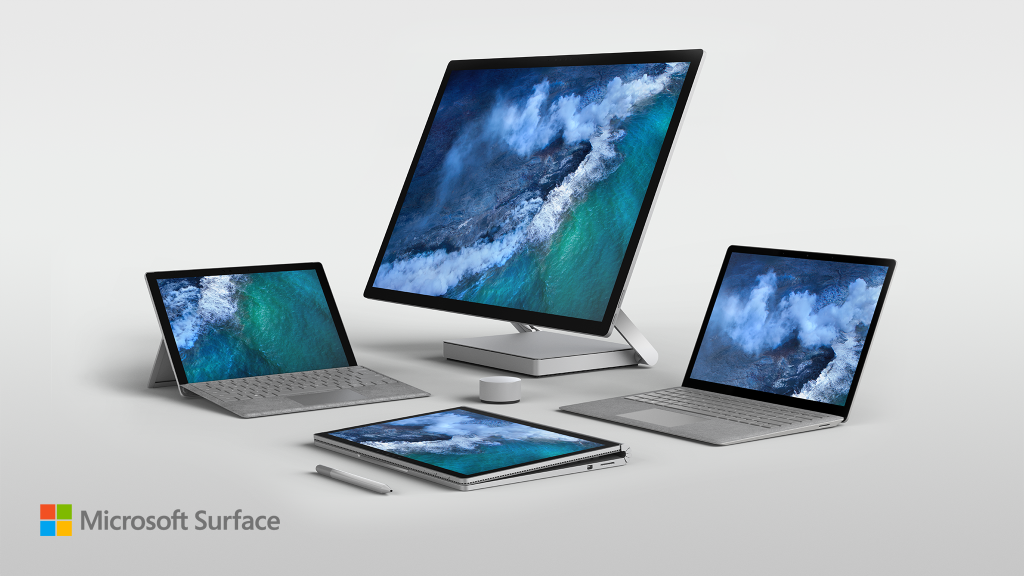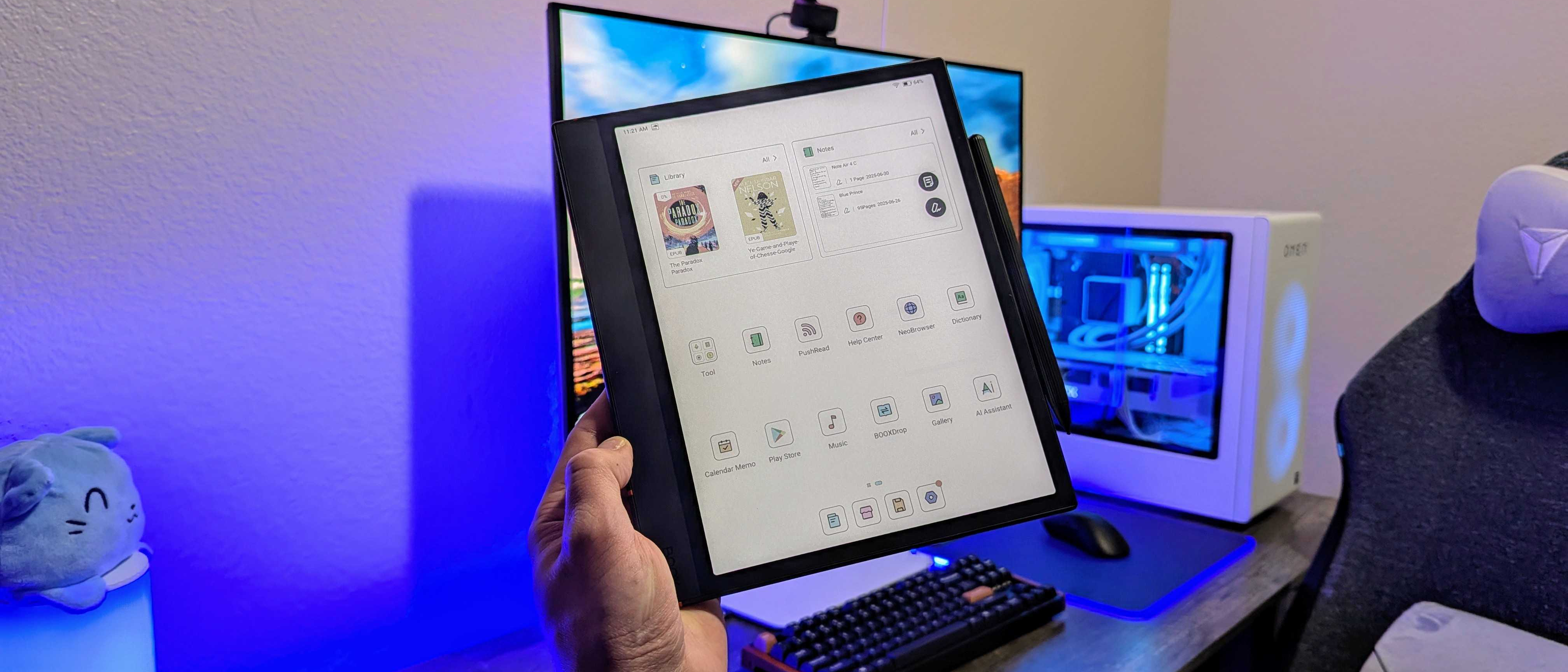Microsoft's 'Surface phone' should include AR glasses, a pen and exclusive apps
Before 2007 Microsoft's Windows Mobile OS had a dominant position in mobile. Before June 2017 Microsoft had an undisputed lead in augmented reality (AR) as well. In both instances, Apple flipped the script.

Pre-2007 Microsoft was content targeting businesses with cumbersome, stylus-dependent smartphones sporting physical keyboards. Those precursors to modern smartphones could play music, surf the web, take pictures and run apps.
Apple didn't invent the "MP3 player-internet device-phone" combination former Apple CEO Steve Jobs introduced in 2007.
The iPhone was simply a refinement of a preexisting model. The removal of the keyboard, the introduction of the App Store and most importantly targeting consumers put Apple and the iPhone at the forefront of a mobile revolution. Microsoft has been scrambling for mobile relevance ever since. With Apple's move into AR history may repeat itself.
Here we go again
In 2015 Microsoft introduced HoloLens and Windows Holographic (now called Windows Mixed Reality). Microsoft's untethered wearable Windows 10 computer projects holograms onto the real world in a wearer's field of view. It also provides spatial sound. With gaze, gesture and speech interaction HoloLens is the most advanced AR solution in the industry.
Windows Mixed Reality APIs are also part of Windows 10, which makes it a growing AR platform 500 million devices strong.
As it did with smartphones, Microsoft has focused its AR efforts on the enterprise and specific industries. Consumers have not been part of the equation.
Now, as in 2007, Apple has introduced a consumer-focused AR solution with ARKit for iOS 11. With hundreds of millions of iPhones and iPads as its medium, Apple's AR solution may be adopted, popularized and mainstreamed among consumers faster than the iPhone was. Microsoft may find itself scrambling for relevance yet again.
All the latest news, reviews, and guides for Windows and Xbox diehards.

Microsoft can't sit idly by while its HoloLens and Windows Mixed Reality AR investments are buried beneath the coming deluge of media coverage, apps and business uses of Apple's AR move. Microsoft needs to go all-in with both a mobile and AR solution that addresses the consumer space.
It will be a gamble, but doing nothing is certain defeat. Microsoft should launch a Surface phone with a pen and AR glasses in 2018. There I said it.
Microsoft, all in is the only option
Microsoft's careful advance into AR, building partnerships, developer support and practical applications in various industries was a smart move. Having NASA, the US military, Legendary Entertainment, the education sector, car dealerships, health care and more as HoloLens and AR partners is great for Microsoft and its platform. It's just not enough.
The mainstreaming of personal computing has shifted the balance of influence. Increasingly consumers, not the enterprise, are dictating what technologies are adopted and ultimately succeed. Microsoft's absence from the AR consumer space makes it irrelevant to consumers and consequently irrelevant to developers. Get it? Even with Microsoft's presence in niche markets, with enough consumer and developer critical mass Apple's AR solution may make HoloLens and Windows Mixed Reality AR as irrelevant as the iPhone made Windows phone.
Microsoft must bring AR to consumers.
Microsoft should continue investing in niche markets but must add an aggressive consumer component. A massive awareness-building television campaign would show consumers and the enterprise what it's doing with AR and HoloLens. Telling its AR story could generate interest, mindshare, and demand for its AR solution. In consumers eyes, Microsoft's more sophisticated and mature solution would make Apple's look elementary by comparison. Microsoft needs to establish that edge, and they can easily afford to set these wheels in motion.
Microsoft could begin this campaign this year before Apple's AR apps hit the market and continue into 2018. This campaign would be the prelude to Microsoft's 2018 AR glasses and ultimate mobile device.
Microsoft's ultimate mobile device augmented with AR
Microsoft must put the weight of the entire company behind Surface phone. As a device that I presume will benefit from a synergy of technologies such as inking, AI, gaming, CShell, Continuum, mixed reality and more, inter-department collaboration is a must.

The strategy and marketing teams are also essential to positioning and marketing this ultramobile Surface. This "ultimate mobile device" must appeal to all market segments: consumers, the enterprise, and gamers. Microsoft must go all in.
If it launches, the Surface phone is expected in 2018. The next version of HoloLens is planned for 2019. I believe the ultramobile Surface should launch with both pen support and AR glasses in 2018 to further differentiate and to bring an AR product to market.
Inking and AR should be Surface phone highlights.
I don't mean a HoloLens headset with all the bells and whistles. I'm suggesting paired down, device-dependent AR glasses, based on HoloLens tech that will provide users with a basic but useful AR experience.
Just as the Surface Pen works synergistically with the Surface, these AR glasses can do the same with the Windows 10 ultramobile Surface PC. I imagine glasses that connect wirelessly (or wired when sitting) to an ultramobile Surface or any Windows 10 PC for that matter. They would be capable of displaying 3D images, alerts, and apps in the user's field of view and would have limited sensors for detecting motion and one's surroundings.
Microsoft can make the apps for that
As the world's leading software developer Microsoft can support its ecosystem by creating a broad suite of exclusive Universal Windows Platform (UWP) and AR-specific productivity, utility, gaming and entertainment apps. These high-quality apps can bear the Surface branding, like the Lumia apps of the past, and would be software equivalents of the esteemed Surface hardware.

Microsoft should begin developing, releasing and marketing these apps now. This level of commitment as a developer of exclusive apps for its own platform would convey to developers and consumers that Microsoft is serious about Windows, mobile and AR.
If the AR apps combined with the ultramobile Surface and AR "Surface" glasses is a compelling experience, consumers may be drawn to Windows, just as gamers are drawn to consoles because of exclusive games.
Microsoft's productivity legacy, Xbox and Windows gaming platforms, and Microsoft Garage are resources that can be drawn on to develop a broad range of engaging UWP and AR-specific apps. Real-time translation, facial-recognition, weather, and mapping are just some AR apps Microsoft could launch as seen here:
Microsoft's full commitment to creating a host of AR games, utility, and entertainment apps would make its AR solution practical, appealing and inspiring to developers.
Get it to market then iterate
AR glasses connected to an ultramobile Surface will be wrought with engineering challenges. Power consumption, modes of interaction, display quality, cost and more are valid considerations.

Still two years ago Microsoft introduced HoloLens, the first fully untethered wearable holographic computer. The company has since learned more about the technology and its applications and have skipped version two to jump to an even more advanced version three.
Microsoft has likely gleaned enough knowledge from HoloLens to enable it to build a far less sophisticated set of AR glasses that require connection to a separate device but can provide useful and engaging AR experiences. I understand Microsoft likely wants to wait until it can blow everyone's minds with a full consumer version of HoloLens, but the market won't give Microsoft that chance. Apple is on the move.
This ARKit-created virtual measuring tape for iPhone is the type of app that would be more practical viewed hands-free via AR glasses:
Apple's 16 million developers and hundreds of millions of iOS users are poised to mainstream AR in Apple's image with little to no resistance from Redmond. This can't be what Microsoft want's after its pioneering AR investments.
Just do it
Microsoft, give us a Continuum-enabled ultimate mobile device with CShell that has the support of the entire company, showcases a synergy of technologies and appeals to consumers, gamers, and the enterprise. Include a pen and AR glasses to highlight Windows 10 innovations in inking and AR.

Support UWP and Windows Mixed Reality with high-quality first-party apps. Most of all, do what Apple did with iPhone and what it's doing with AR: get the ultramobile Surface and AR glasses to market, then iterate.
Must Read
Microsoft must launch a Surface phone - and get it right the first time
How Microsoft can ensure Surface phone success
With Surface phone will Microsoft learn from past marketing mistakes?
Microsoft will release a Surface phone - but it can take a while

Jason L Ward is a Former Columnist at Windows Central. He provided a unique big picture analysis of the complex world of Microsoft. Jason takes the small clues and gives you an insightful big picture perspective through storytelling that you won't find *anywhere* else. Seriously, this dude thinks outside the box. Follow him on Twitter at @JLTechWord. He's doing the "write" thing!

